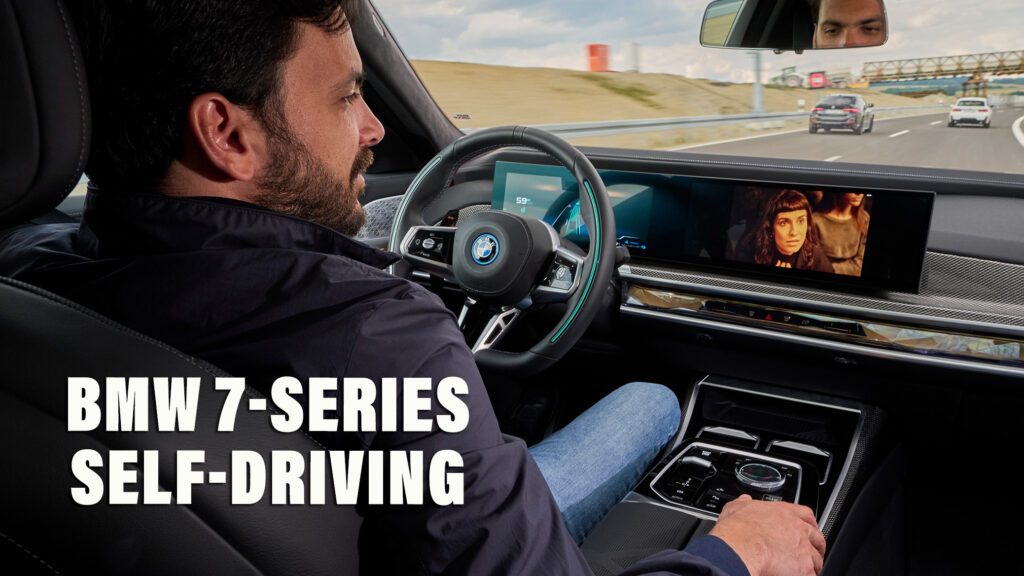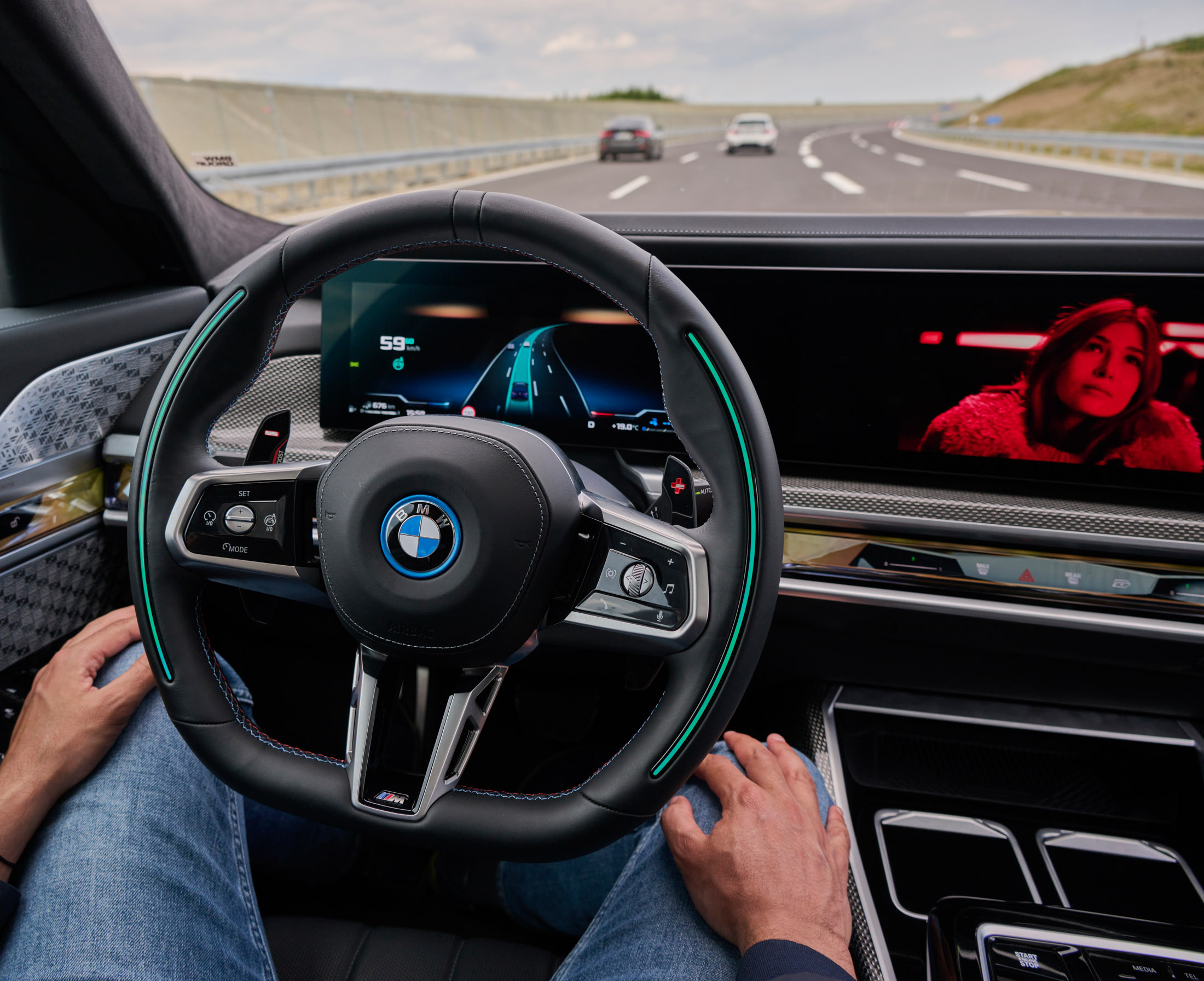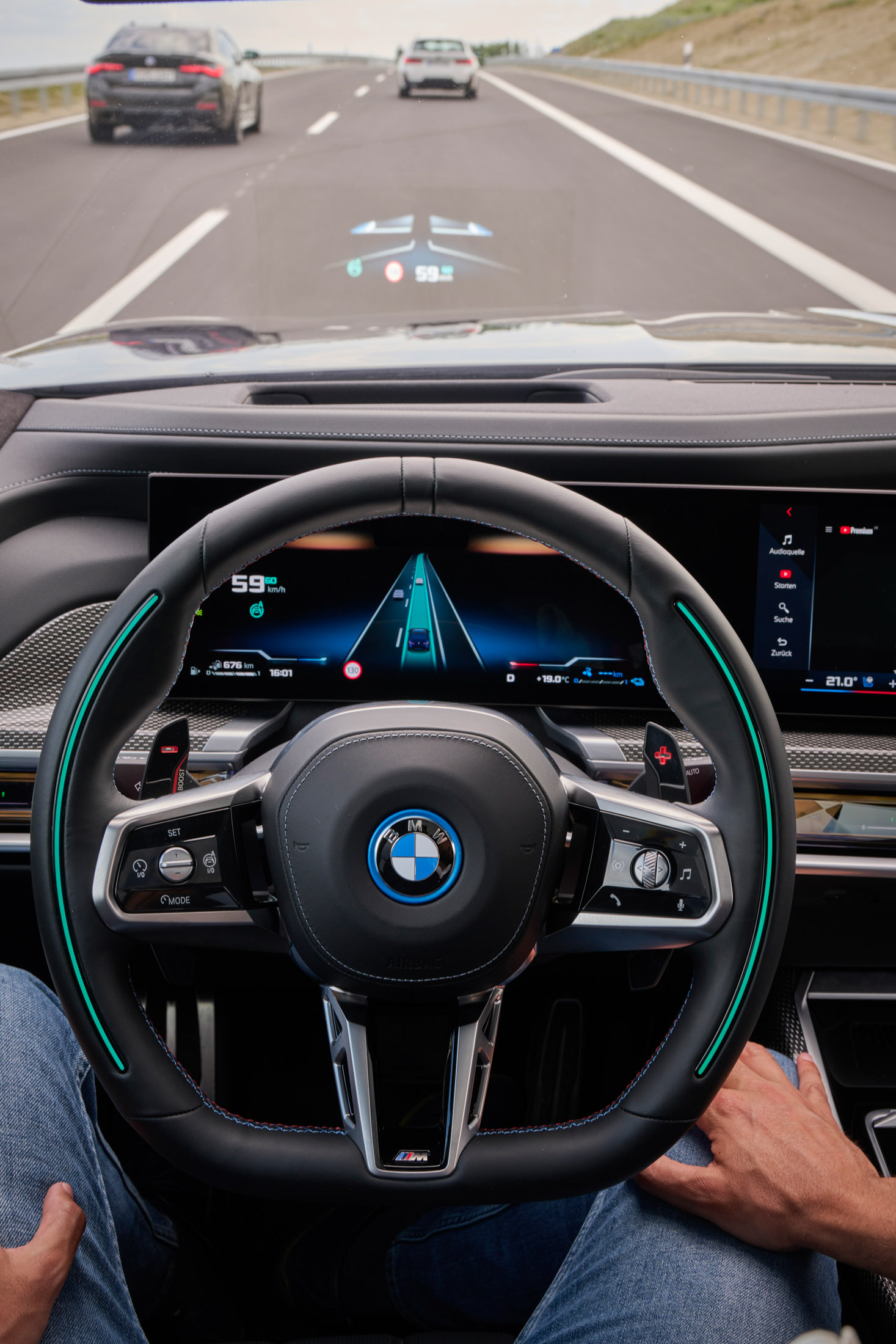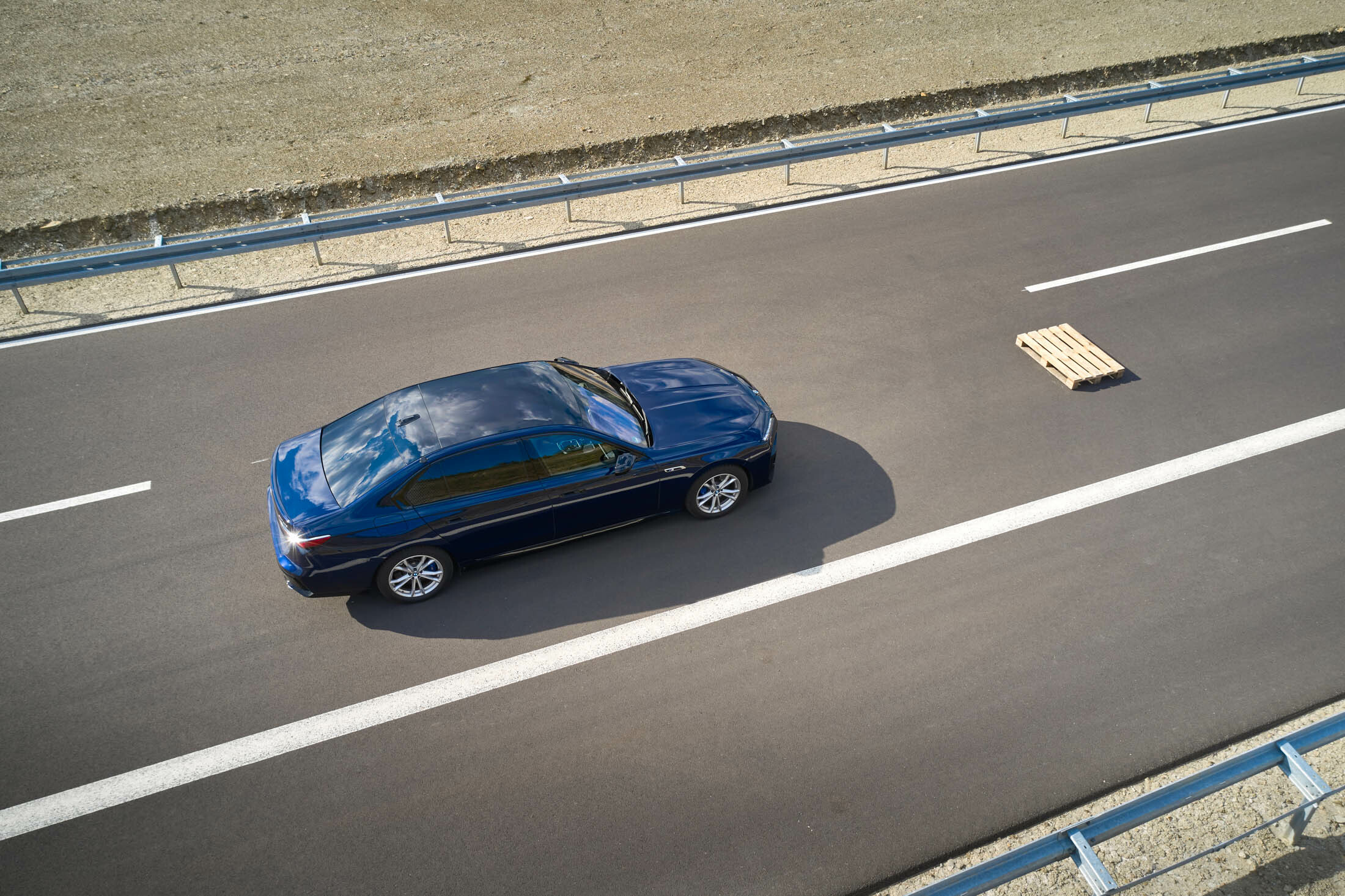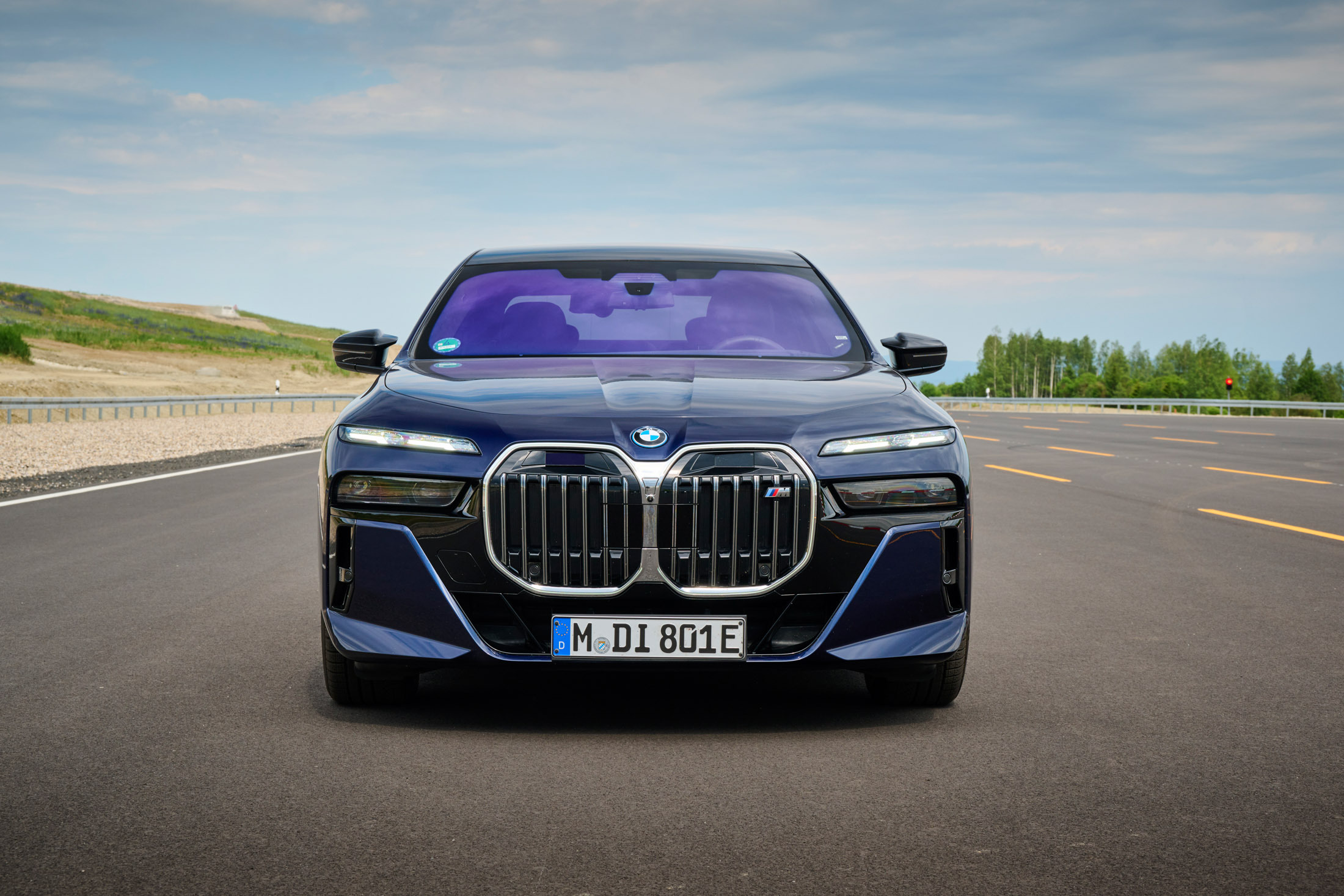Level 3 is like the Everest base camp of self driving. While Level 2 autonomous technologies still require you to pay attention to the road, even if some of them don’t require you to hold the wheel, Level 3 lets you legally hand over driving duties to the car while you watch a movie or catch up on emails. So far, only Mercedes has a Level 3 system available in the U.S. and Europe, but now BMW, which has previously only offered L2 autonomy, has joined the club.
BMW’s Personal Pilot L3 can be ordered on the 7-Series from December, will be fitted to vehicles starting next March and promises the same kind of benefits the Mercedes Drive Pilot does. On selected motorways with carriageways separated by a physical barrier, you’ll be able to kick back and let the car take the strain, but only up to a maximum of 37 mph (60km/h). So it’s not going to be much use on high-speed, multi-hour cross-country blasts, but it could make getting to the office in a motorway traffic jam more bearable.
And unlike the Mercedes autonomous system, BMW’s L3 tech even works in the dark, which will be handy for those same executives returning home from the the office during the winter months when daylight is scarce. The system costs €6,000, which equates to $6,400 at current exchange rates, though there’s no word yet on how much it will actually cost in the U.S. or when it might be approved for sale in North America. It also can’t be ordered on the i7 eDrive50 and i7 M70 xDrive.
The system uses cameras, multiple radar sensors and one Lidar sensor to monitor the space around the car, and also relies on a live HD map with highly-accurate GPS data to work out where the car is, and whether that road is one that allows the Level 3 system to operate.
When it detects that Personal Pilot can be used it tells the driver by illuminating a symbol on the dash, at which point the driver can engage the system by pushing a button on the wheel. BMW says that while the driver is free to take their eyes off the road, they should be ready to take over when needed. If it spots a problem in the road and the driver fails to take over after receiving warnings, the car will come to a stop.




